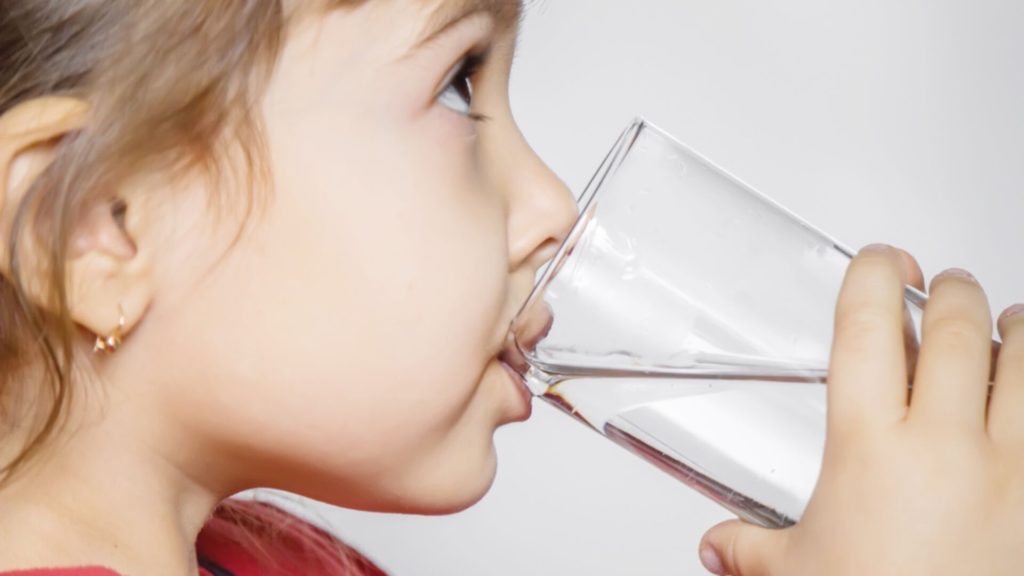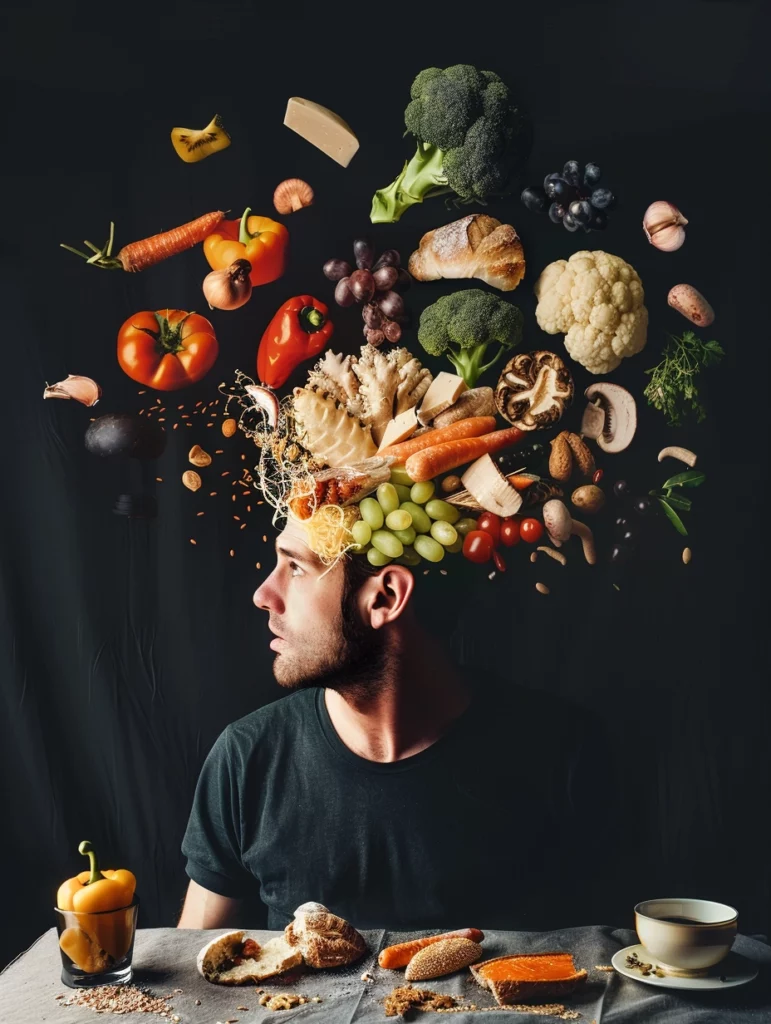
20 Mar ART-724-Sensory science : Partners in flavour.
Our perception of food draws on a combination of taste, smell, feel, sight and sound.
The way we experience food is not limited to the mouth — odour, vision, hearing and even touch can radically change the taste of food or affect food preference. And it all starts before birth.
Amniotic fluid, the baby’s first food, contains glucose, fructose, fatty acids and amino acids, and newborns are born preferring the sweet taste of mother’s milk to other flavours. Since the 1970s, researchers have known that the introduction of sweet solutions into the amniotic fluid causes the fetus to swallow more frequently, whereas bitter solutions reduce the rate of swallowing. Similar reactions are seen in babies: they lick their lips and smile when tasting something sweet, and wrinkle their noses and flail their arms in response to a bitter or sour taste, precisely the tastes that warn us to avoid poisons. “A taste for sugar is innate,” says Julie Mennella, a biopsychologist at the Monell Chemical Senses Center in Philadelphia, Pennsylvania.
But even in the womb, new tastes can be introduced. The odour of garlic, for example, can be detected in samples of amniotic fluid from women who have eaten garlic pills 45 minutes before. And babies exposed to garlic in utero are more apt to like the flavour of garlic in the milk of garlic-eating mothers.

To some extent, a mother can influence her baby’s tastes by what she eats during pregnancy and nursing. In one study, babies of mothers who ate more fruit during lactation were more likely to accept peaches than babies fed on formula — but the mothers’ consumption of string beans did not have the same effect. The taste for salt, however, is apparently acquired only with age. Babies younger than four months are happy to drink either plain water or water with moderate concentrations of salt, but by the time they are two-and-a-half years old they show a marked preference for salty water.

Researchers have found evidence that pregnant women who consume certain foods — so far they have tested anise, carrot, mint, vanilla and blue cheese — convey a liking for those tastes to their infants2. There’s a good species-preserving rationale for this behaviour, says Gary Beauchamp, also at the Monell centre: “When a baby begins to eat solid food, the most logical and safest things for it to eat are what its mother ate.” Indeed, he adds, this phenomenon suggests a strategy for improving the population’s diet generally: “Exposing infants prenatally and postnatally to the flavours of things that people aren’t consuming enough of could be a good thing to do.”
A sensory milieu
When taste signals are received, various neural pathways go into action: saliva production increases and stomach secretions are activated. But these pathways do not require food to be in the mouth. The sound of dishes rattling in the kitchen or a picture of a lobster dinner can make the stomach rumble.

Vision provides an essential sensory input for food perception, raising expectations and driving preferences. We unconsciously discriminate between high-calorie and low-calorie foods by sight alone. Kathrin Ohla, a psychologist at the Monell centre, demonstrated that seeing pictures of high- and low-calorie foods provokes responses in different parts of the brain that vary in intensity3. Without telling subjects the purpose of the test, Ohla showed them pictures of high-calorie foods, such as lamb chops, salmon, pizza and pastry, alternating with pictures of lower calorie foods, such as beans, watermelon, yogurt and pasta with tomato sauce. After each picture, she applied a weak electric current to the subject’s tongue, stimulating the brain’s taste function without mimicking any real taste, producing a sensation and metallic taste rather like licking a battery. So the subjects got the food cue from the picture and were immediately given a neutral taste stimulation.
The EEG measurements of brain activity were clear: the electrical current administered after seeing a picture of a high-calorie food stimulated a stronger and, according to the subjects, more pleasant sensation than the same electrical stimulation applied after showing a picture of a low-calorie food.
The neural activity evoked by pictures of high-calorie food was stronger in specific parts of the brain — the bilateral insula and frontal operculum — than when low-calorie foods were viewed. And changes in reported taste pleasantness were correlated with the activation of the medial orbitofrontal cortex.
Even shape can affect taste. David Gal, who studies marketing and consumer behaviour at Northwestern University in Evanston, Illinois, found that after subjects completed an unrelated task that involved sorting geometric figures, a piece of cheese with pointed, rather than rounded corners tasted sharper4. Scientists are only beginning to understand the brain mechanisms underlying the connections between the visual and gustatory senses.
Sniffing a connection
Odour plays a large role, of course. Chewing releases volatile molecules that travel through the back of the mouth to receptors in the lining of the nasal passages — quite different from taking a sniff through the nose. These receptors allow us to identify the combination of sens-ations that leads to flavour; that is, to know what we’re eating. When you eat a strawberry, it may taste sweet or sour, and you can detect this even while holding your nose. But what disappears is the flavour — the ‘strawberriness’ of the food. For that, you need a sense of smell.

Smell is much more complex than taste. Humans have only a few different taste receptors: the five that scientists generally agree on (sweet, sour, salty, bitter and umami) and possibly a few others. But there are hundreds of receptors for odours. The possibilities for mixing and matching taste and odour are immense, and lead to the wide variety of flavours we perceive that subjectively bear little resemblance to any of those basic tastes.
Indeed, smell and taste are linked neurologically in a way that no other human senses are. When we hear and see something at the same time, we are using two senses that have different neural pathways, and we can easily distinguish between them. Not so with smell and taste. Dana Small, a psychologist and neuroscientist at Yale University in New Haven, Connecticut, and the Yale-affiliated John B. Pierce Laboratory, suggests trying what she calls the jelly bean test. Pop a jelly bean into your mouth while you hold your nose — you can sense sweetness, but no flavour. Then let go of your nose, and now you can identify the flavour as well. It seems obvious that the flavour is coming from your nose, even though you can feel the jelly bean in your mouth. It is a very convincing illusion.
Smelling through the nose and smelling through the back of the throat while tasting may be neurologically distinct — and Small has found evidence that they are perceived quite differently. Both orthonasal and retronasal odours arrive via the same pathway, but when they arrive at the same time as taste, then odour and taste are integrated and the flavour perception created. It is only when both taste and odour arrive in the anterior insula that we perceive flavour. In other words, taste and smell have distinct pathways that overlap in the insula
“Taste only happens when molecules bind to receptors on the tongue,” she says. “From there, signals go to certain parts of the brain. Smell happens when odour molecules bind to receptors in the nose, and from there signals go to different parts of the brain. They eventually meet up in the anterior insula.” It is there, Small says, that we perceive flavour. When taste and smell co-occur, the insula creates flavour. This merging of senses does not happen through simple sniffing of food that’s not in the mouth.
Feeling delicious
We also experience — and differentiate — foods through our physical contact with them. This is especially true of fats — think of the creamy ‘mouth feel’ of butter and ice-cream, and the oiliness and viscosity of a rich salad dressing. In the orbitofrontal cortex of the brain there is a group of neurons that respond specifically to the texture of fat in the mouth. These neurons respond not only to fatty oils in the mouth, such as vegetable oil, and to foods rich in fat, such as ice-cream and chocolate, but also to non-food substances that have a similarly oily texture, including mineral oil or silicone oil. The taste of a soda is also greatly influenced by feel, in a different way — a flat soda tastes very different from one with carbon dioxide bubbles still rising in it.
Temperature is also a factor. Very cold ice-cream has little flavour, for example, and warming it increases the perceived sweetness. The molecular processes in the taste buds of the tongue that play a key role in the perception of sweet, bitter and umami tastes also regulate sensitivity to temperature5. Increasing the temperature of food to between 15 °C and 35 °C enhances the neural response to sweetness. In about 50% of the population, heating or cooling the tongue is by itself enough to cause taste sensations — warming the tongue causes a sweet sensation, and lowering the temperature induces a sour or salty taste.
Sound can also affect taste. In tests conducted by two neuroscientists, Massimiliano Zampini of the University of Trento in Italy and Charles Spence of the University of Oxford, UK, subjects bit into potato crisps and rated their crispness or freshness. The scientists were able to system-atically alter their subjects’ perceptions: playing a crunching sound when the subjects bit down led to them judging that the crisps were fresher and crisper than when there was no aural cue6. In another study, researchers watched a random sample of 15 couples as they drank in a bar on two consecutive Saturday nights, counting the number of drinks they ordered until they left7. On the first night, with pop music set at a moderate 75 decibels (dishwasher-level loudness), the men ordered an average of 2.9 drinks and the women 1.5. But on the second night, with the music pumped up to 91 decibels (a motorcycle), the men averaged 4.3 drinks and the women 2.1.
Taste preferences that start in the womb last a lifetime. When people move to another country, they absorb new habits, new language and new styles of clothing. They even accept new kinds of relationships between children and parents. But, says Beauchamp, “one of the last things to change in ethnic groups is food habits. They’re the most profound preferences — and one reason is that they’re learned very early on.
source: www.nature.com ; author : Nicolas Bakalar.


Sorry, the comment form is closed at this time.